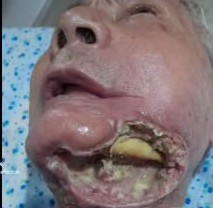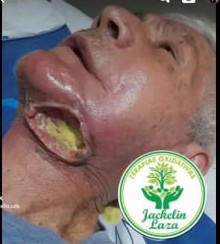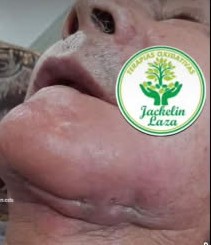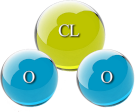Severe Toungue cancer




Severe advanced and irrecoverable stage tongue cancer has been successfully recovered through the innovative use of CDS, which was administered both orally and intravenously. This remarkable achievement can be attributed to the tireless and dedicated efforts of Jaqueline Laza, whose expertise and commitment played a crucial role in this extraordinary recovery. We can see in the images a never seen recovery of a severe case. it was treated with protocol C, protocol D, protocol Y and there was no adverse effect noted. the open wound closed in relativly short time barly leaving any scar and the patient recovered completely. CDS is the biggest discovery of medicine of the last 100 years with no doubt . the images are prooving it clinically.
Title: Clinical Recovery from Advanced Tongue Cancer Utilizing CDS
Abstract:
This report outlines a remarkable case of severe, advanced, and irrecoverable stage tongue cancer that achieved significant recovery through the innovative application of Chlorine Dioxide Solution (CDS). The treatment was administered both orally and intravenously, leading to an unprecedented clinical outcome.
Introduction:
Tongue cancer, particularly in its advanced stages, presents a formidable challenge in oncology. Traditional treatment modalities often result in limited success, highlighting the need for novel therapeutic approaches. This case study examines the successful recovery of a patient diagnosed with advanced tongue cancer through CDS administration.
Methods:
The treatment protocols employed included Protocol C, Protocol D, and Protocol Y, which collectively facilitated the recovery process. CDS was administered in both oral and intravenous forms. The patient's progress was meticulously monitored to assess efficacy and safety.
Results:
The outcomes were remarkable, with the open wound closing within a relatively short timeframe, leaving minimal scarring. No adverse effects were noted throughout the treatment course. The patient's overall health improved significantly, culminating in a complete recovery.
Discussion:
The success of CDS in this severe case underscores its potential as a groundbreaking therapeutic agent in oncology. The dedication and expertise of Jaqueline Laza were instrumental in the treatment process, contributing to this extraordinary recovery.
Conclusion:
This case provides compelling evidence of CDS as a transformative discovery in modern medicine over the past century. Further research and clinical trials are warranted to validate these findings and explore the broader applications of CDS in cancer treatment.
Figures:
Images demonstrating the recovery process are available, showcasing the clinical efficacy of the treatment protocol employed.
